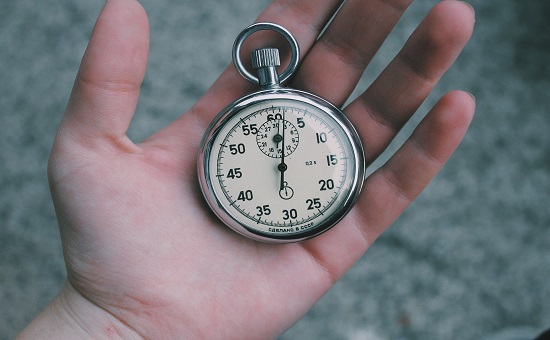The memory strategy is called the Ebbinghaus Forgetting Curve. It was developed by German psychologist Hermann Ebbinghaus, a pioneer in the experimental study of memory. Several college campuses use it as a tool to help students remember lecture material, the University of Waterloo being one example.
Ebbinghaus’ Forgetting Curve describes how quickly we lose information that we heard. Taking a one-hour lecture as an example you can see that the most information is retained right after the one-hour lecture. One day later already, between 50 and 80 per cent are lost from the memory.
By day seven, this goes down to ten per cent that are retained, whilst by day 30, the information is virtually gone with only 2-3 per cent left. After this, you need to relearn the content.
So how can you change this? With some simple interventions:
You reverse the curve by investing just 20 minutes of work.
- Take 10 minutes to review the material/content within 24 hours of having received it.
- Seven days later, spend five minutes to "reactivate" the same material.
- By day 30, your brain needs only two to four minutes to completely "reactivate" the same material, again raising the curve back up.
After that, monthly brush-ups of just a few minutes help keep the material fresh.
Read more on inc.com

